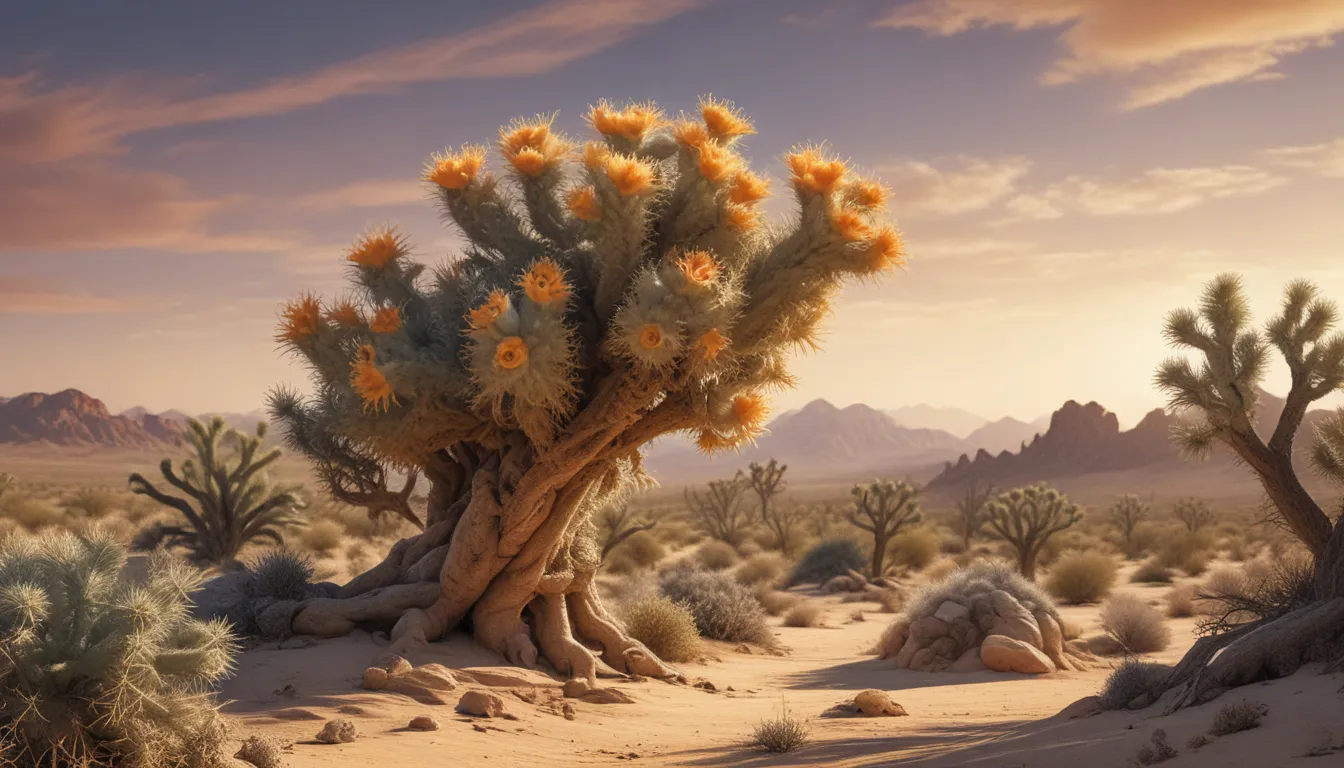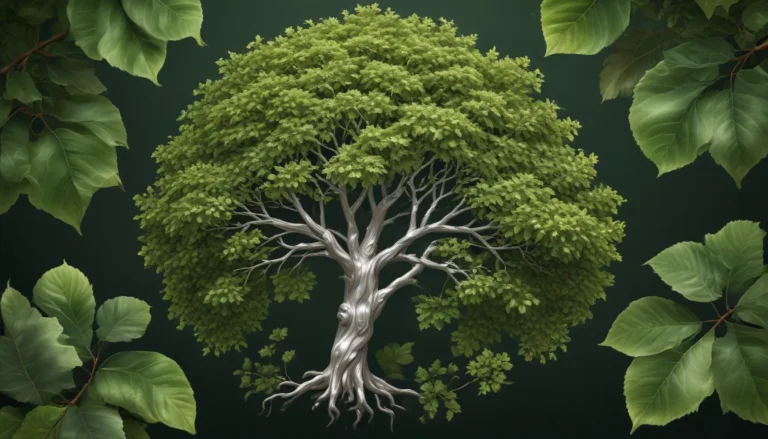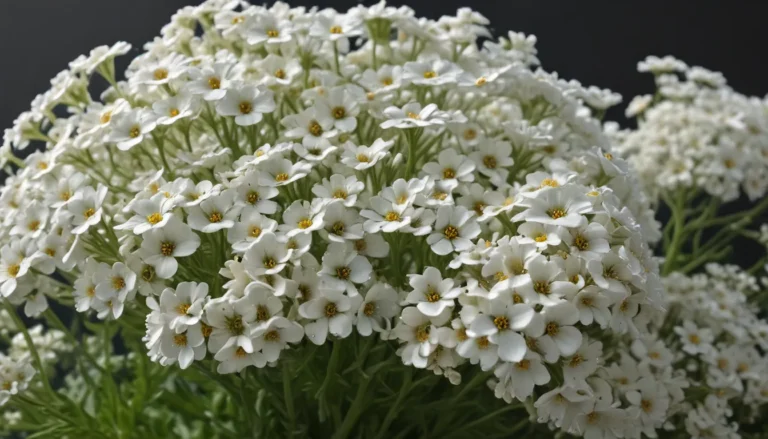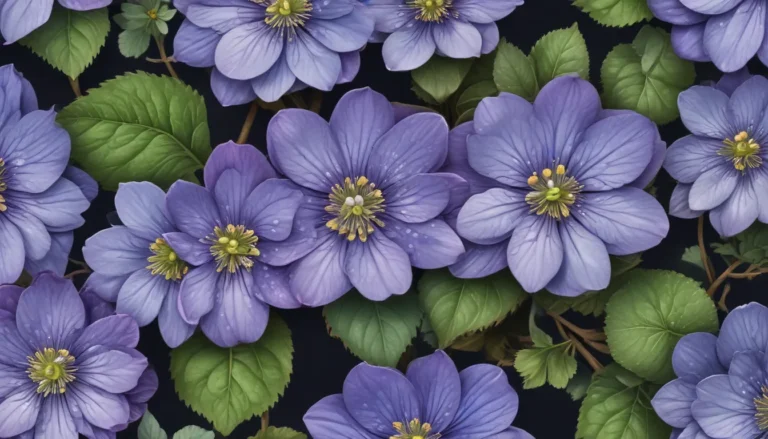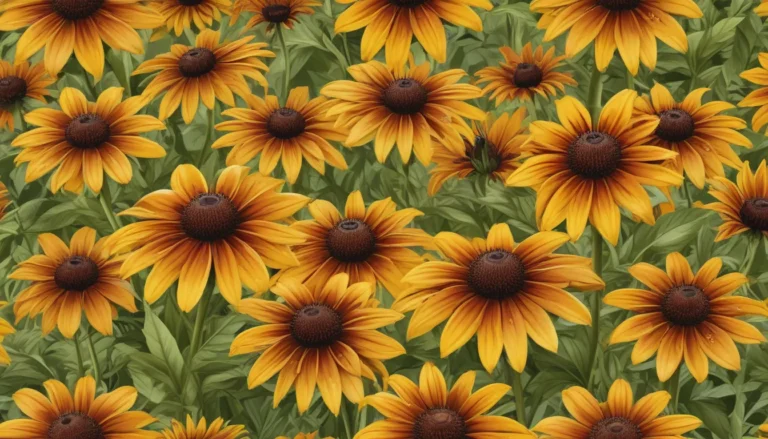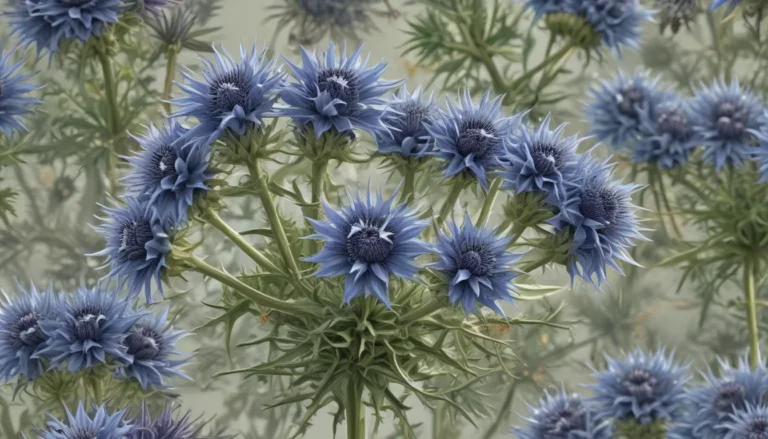The pictures we use in our articles might not show exactly what the words say. We choose these pictures to make you interested in reading more. The pictures work together with the words but don’t take their place. The words still tell you the important facts.
Unveiling the Jumping Cholla
The jumping cholla, scientifically known as Cylindropuntia fulgida, is a striking cactus species native to the Sonoran Desert and the Southwestern United States. Despite its captivating beauty, this plant harbors a surprising defense mechanism that can catch unsuspecting passersby off guard. The barbed cactus spines of the jumping cholla have earned it a notorious reputation for latching onto anyone or anything that ventures too close, causing a painful experience. Flourishing in the harsh desert environment, this cactus has evolved to protect itself from potential threats, embodying the resilience and strength necessary to survive in challenging circumstances.
Discovering Quick Facts about the Jumping Cholla
- The jumping cholla is an arborescent cactus with a low-branching trunk that can reach heights of up to 4 meters.
- It boasts 6 to 12 spines growing from each areole, with silvery-yellow spikes that darken as they age.
- This cactus blooms from February to March, showcasing yellow-greenish flowers at the end of its drooping branches.
- The mature jumping cholla's spine becomes rough and scaly with age, while its fruit is fleshy, pear-shaped, and often sterile.
- The plant's name is pronounced as "Jumping Choy-a," derived from its stems easily detaching upon contact, leading to bits of cactus clinging to unsuspecting individuals.
- Jumping chollas are touch-sensitive, with young plants sprouting from fallen stems of mature plants.
Unraveling Interesting Insights about the Jumping Cholla
- The jumping cholla's range extends to the Colorado Desert of California and Arizona, thriving between elevations of 300 to 1,000 meters.
- Its spiny coat acts as a shield, preventing overheating and deterring herbivores from approaching too closely.
- Despite typically producing sterile fruit, jumping chollas serve as vital food and water sources for wildlife like deers and bighorn sheep during droughts.
- The plant propagates through stem parts, with people utilizing its wood for crafting handmade items.
- Jumping chollas can live for decades in the wild, showcasing their adaptability and endurance in harsh desert conditions.
Embracing the Essence of the Jumping Cholla
The jumping cholla captivates not only with its aesthetic allure but also with its remarkable adaptability and defensive strategies. As a symbol of resilience and survival in the face of adversity, this desert dweller offers valuable lessons on overcoming challenges and thriving in harsh environments. By exploring the intricate details of the jumping cholla's anatomy, behavior, and ecological significance, we gain a deeper appreciation for the natural world's wonders and complexities.
In our pursuit of delivering informative and engaging content, we invite you to join our community of contributors who share a passion for sharing knowledge. Each fact on our platform is curated by real users, ensuring a diverse and insightful collection of information. With our dedicated editors upholding the highest standards of accuracy and credibility, you can trust in the authenticity and reliability of the facts we present. Join us on a journey of discovery and enlightenment as we delve into the fascinating world of the jumping cholla and beyond.
